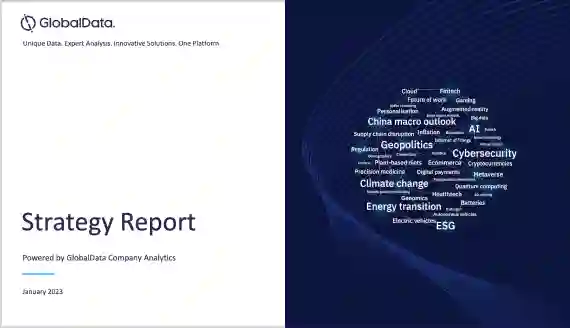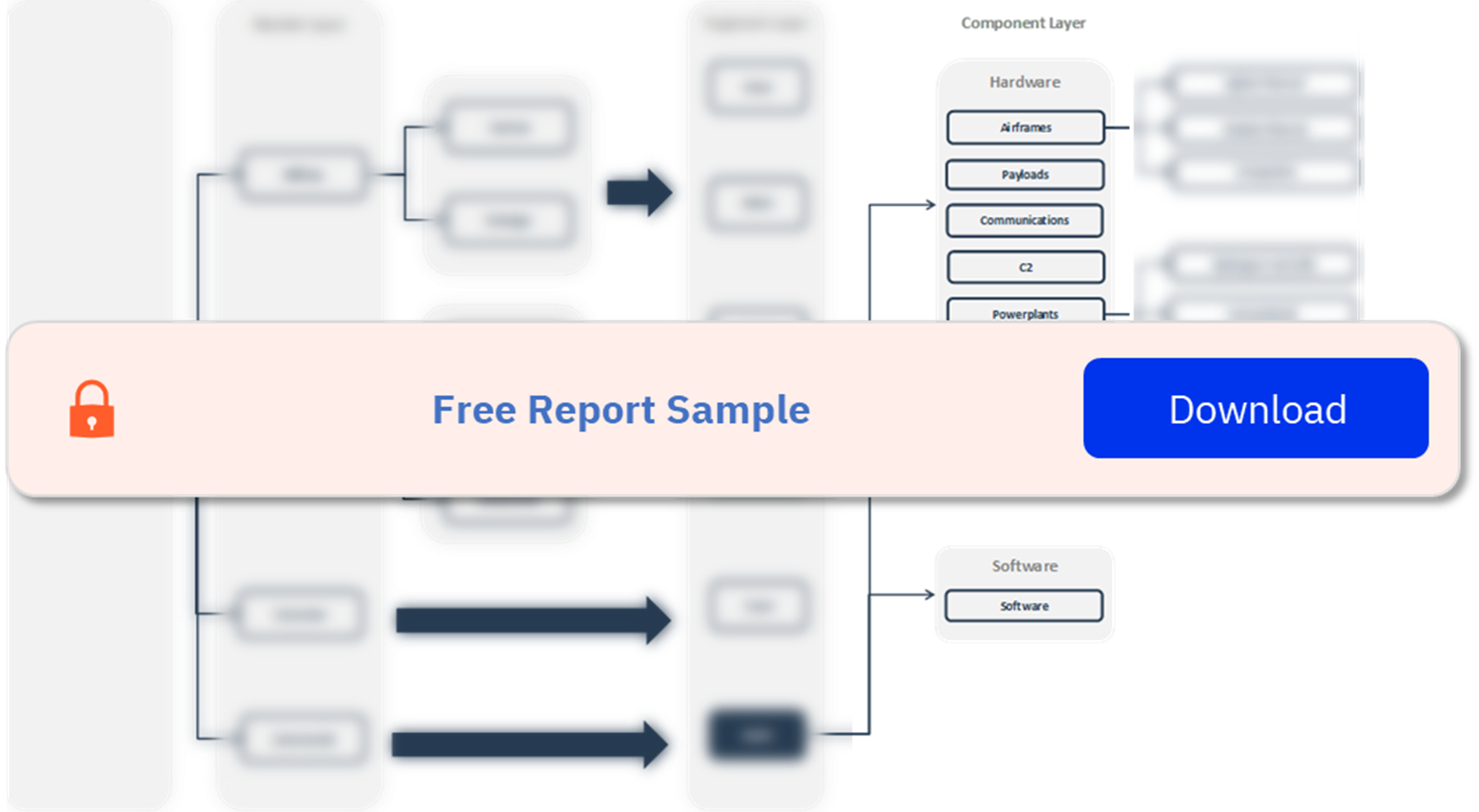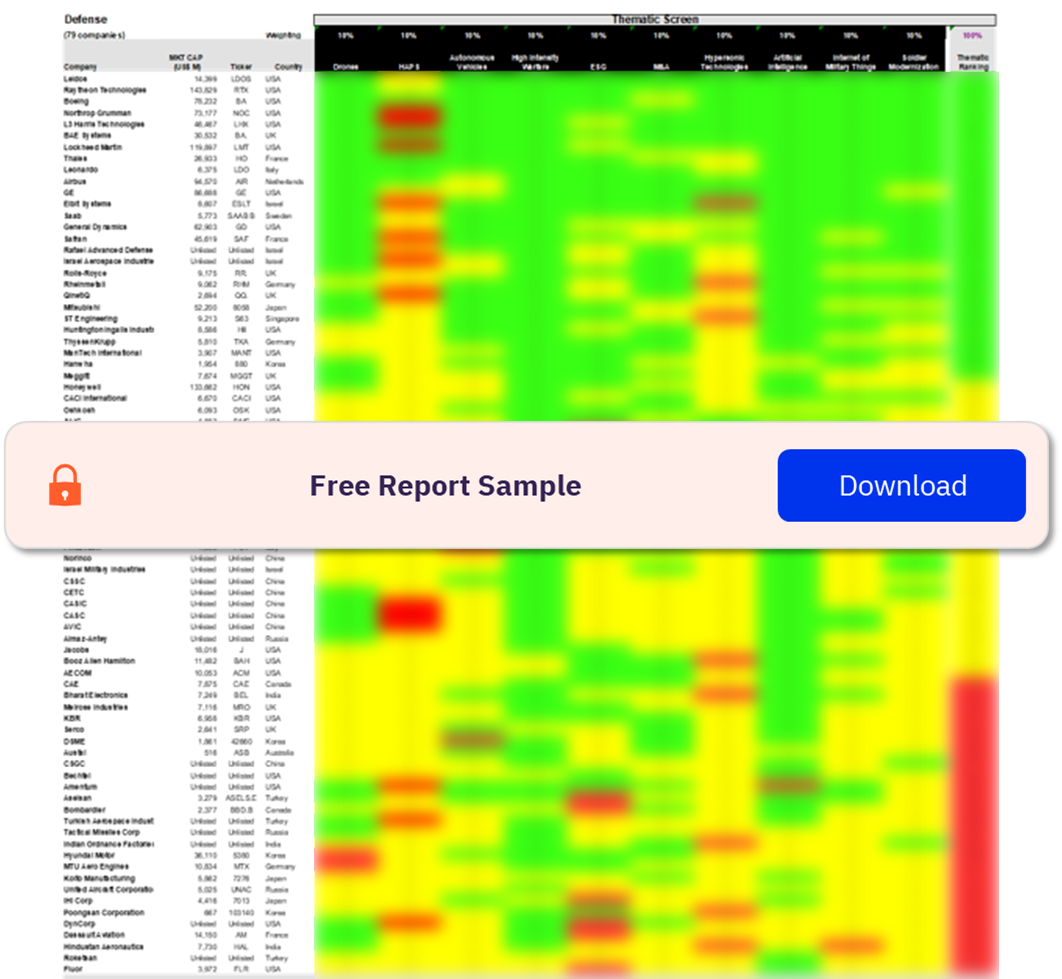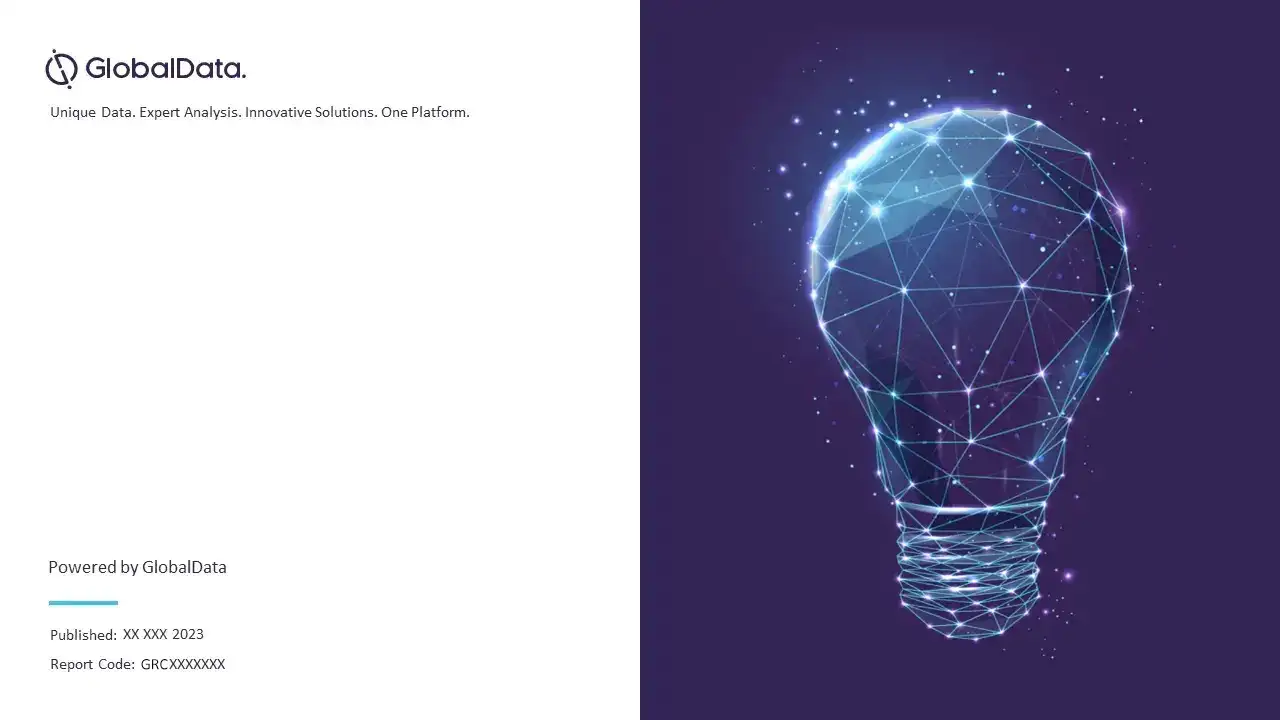High Altitude Platform Systems (HAPS) – Thematic Research
Powered by ![]()
All the vital news, analysis, and commentary curated by our industry experts.
High Altitude Platform Systems (HAPS) Thematic Overview
High-altitude platform systems (HAPS) are autonomous aerial vehicles that fly at very high altitudes in the stratosphere. Currently, aerostatic balloons, aerostatic airships, and aerodynamic fixed-wing aircraft together comprise the HAPS. The platforms are commonly composed of airframes, power systems, and various payloads, dependent on the intended mission. The road to the widescale deployment of HAPS in defense, civil, and commercial roles has been filled with challenges. It is likely that in the future, advances in photovoltaic panels and battery technologies will increase powerplant efficiency. This will serve to increase both the operational capabilities of HAPS and its economic viability as a commercially operated platform.
In commercial applications, one of the most promising value propositions is the use of HAPS to provide communications while in defense applications, HAPS are being developed to provide a persistent, yet flexible ISR capability.
HAPS thematic research report provides an overview of the high-altitude platform systems theme, outlining advances in technology and key programs, highlighting emerging technology, macroeconomic, and regulatory trends, and providing insight into current procurement or research trends.
| Report Pages | 42 |
| HAPS Trends | Technology, Macroeconomic, Regulatory |
| Categories of HAPS | Aerostatic Airships, Aerostatic Balloon, and Aerodynamic Aircraft |
| Leading Companies in the HAPS | Airbus, Amprius, BAE Systems, Bharti Airtel, Boeing, Capgemini Engineering, Deutsche Telekom, and Ericsson |
High Altitude Platform Systems (HAPS) – Key Trends
The main trends shaping the HAPS theme are classified into three categories: technology, macroeconomic, and regulatory.
- Technology Trends: The key technology trends impacting the HAPS are developments related to composites, artificial intelligence, solar power, hydrogen fuel cells, instrument miniaturization, and thermal management.
- Macroeconomic Trends: The report analyses several macroeconomic trends impacting the HAPS, including the ‘last billion’ and defense applications.
- Regulatory Trends: The report highlights the key regulatory trends impacting the HAPS theme concerning legal definition, (space vs. aerospace object), launch and recovery, aviation regulations, and spectrum regulations.
Buy the Full Report for More Key Trends Insights into the HAPS Industry
HAPS Industry Analysis
The HAPS market is still in a nascent stage, with platforms just now reaching maturity. However, the sector is receiving persistent investment with defense, commercial, and civil applications continuing to drive parallel development. HAPS use cases and implementation scenarios will differ based on local market requirements, the regulatory situation, geography, economic development, and other parameters specific to each deployment. There is unlikely to be a one-size-fits-all solution. Different operational and business models will be required for emergency services than for the provision of permanent and continuous coverage over a certain area.
The HAPS industry analysis also covers:
- Key mergers & acquisitions
- Use cases
- Timeline
HAPS Value Chain Analysis
HAPS value chain for hydrogen aircraft and is split into two main sections: hardware and software. Hardware is further broken down into airframes, payloads, sensors, powerplants, communications, and C2.
Airframes: The airframe design and associated technologies for HAPS vary greatly between LTA and HTA platforms. LTA designs are further categorized as either balloons or airships. Each airframe design has key characteristics and offers distinct benefits. Balloons are low-cost, rapidly deployed, and have a long duration, but are not maneuverable. Airships are more maneuverable and have large payload capacities but are not as flexible in terms of mission re-tasking as HTA designs.
HAPS Value Chain
Buy the Full Report for More Value Chain Insights into the HAPS Market
Leading Companies in HAPS
A few of the companies making their mark within the HAPS theme are:
- Airbus
- Amprius
- BAE Systems
- Bharti Airtel
- Boeing
- Capgemini Engineering
- Deutsche Telekom
- Ericsson
To know more about leading companies in the HAPS market, download a free report sample
HAPS Sector Scorecard
GlobalData uses a scorecard approach to predict tomorrow’s leading companies within each sector. The sector scorecards help to determine which companies are best positioned for a future filled with disruptive threats. Each sector scorecard has three screens:
- The thematic screen ranks companies based on overall leadership in the 10 themes that matter most to their industry, generating a leading indicator of future performance.
- The valuation screen ranks our universe of companies within a sector based on selected valuation metrics.
- The risk screen ranks universe of companies within a sector based on selected valuation metrics.
HAPS is a theme that impacts many of the 17 technology, media, and telecom (TMT) sectors we cover. In this section, we focus specifically on the defense sector.
Defense Sector Scorecard – Thematic Screen
Buy the Full Report for More Sector Scorecard Insights into the HAPS market
Scope
- The key technological challenges that operators and developers face are covered.
- The investment opportunities for civil, commercial and defense applications in the HAPS value chain are covered.
- Highlights from the range different development programs currently being undertaken by various firms.
Reasons to Buy
- Determine potential investment companies based on trend analysis and market projections.
- Gaining an understanding of the market challenges and opportunities surrounding the High Altitude Platform Systems theme
Amprius
BAE Systems
Bharti Airtel
Boeing
Capgemini Engineering
Deutsche Telekom
Ericsson
Gilat Satellite Networks
IntelSat
KDDI Corporation
Kratos Defense & Security Solutions
Mynaric
Nokia
NTT DoCoMo
Filtronic
SKY Perfect JSAT
SoftBank
Stratosyst
AeroVironment
Airservices Australia
Auriga Aerospace
Aurora Flight Sciences
B2Space
Dhruva Space
ESEN Manouba
HAPSMobile
Kea Aerospace
Kraus Hamdani Aerospace
Leitchwerk
MicroLink Devices
Near Space
NICT
Radisys
Raven Aerostar
Sceye
Sonaca
Stratospheric Platforms
Stratotegic
TAO Trans Atmospheric Operations
Thales Alenia Space
Uavos
Table of Contents
Frequently asked questions
-
What is the HAPS?
High-altitude platform systems (HAPS) are autonomous aerial vehicles which fly at very high altitudes in the stratosphere.
-
What are the key technology trends impacting the HAPS?
The key technology trends impacting the HAPS are developments related to composites, artificial intelligence, solar power, hydrogen fuel cells, instrument miniaturization, and thermal management.
-
What are the key macroeconomic trends impacting the HAPS?
The macroeconomic trends impacting the HAPS are the ‘last billion’ and defense applications.
-
What are the key regulatory trends impacting the HAPS?
The regulatory trends impacting the HAPS theme are legal definition, (space vs. aerospace object), launch and recovery, aviation regulations, and spectrum regulations.
-
What are the key segments of the HAPS value chain?
The value chains of HAPS can be divided into three segments: market layer, segment layer, and component layer.
-
Which are the leading companies associated with the HAPS theme?
Some of the companies making their mark within the HAPS theme are Airbus, Amprius, BAE Systems, Bharti Airtel, Boeing, Capgemini Engineering, Deutsche Telekom, and Ericsson
Get in touch to find out about multi-purchase discounts
reportstore@globaldata.com
Tel +44 20 7947 2745
Every customer’s requirement is unique. With over 220,000 construction projects tracked, we can create a tailored dataset for you based on the types of projects you are looking for. Please get in touch with your specific requirements and we can send you a quote.
Related reports
View more Aerospace and Defense reports












